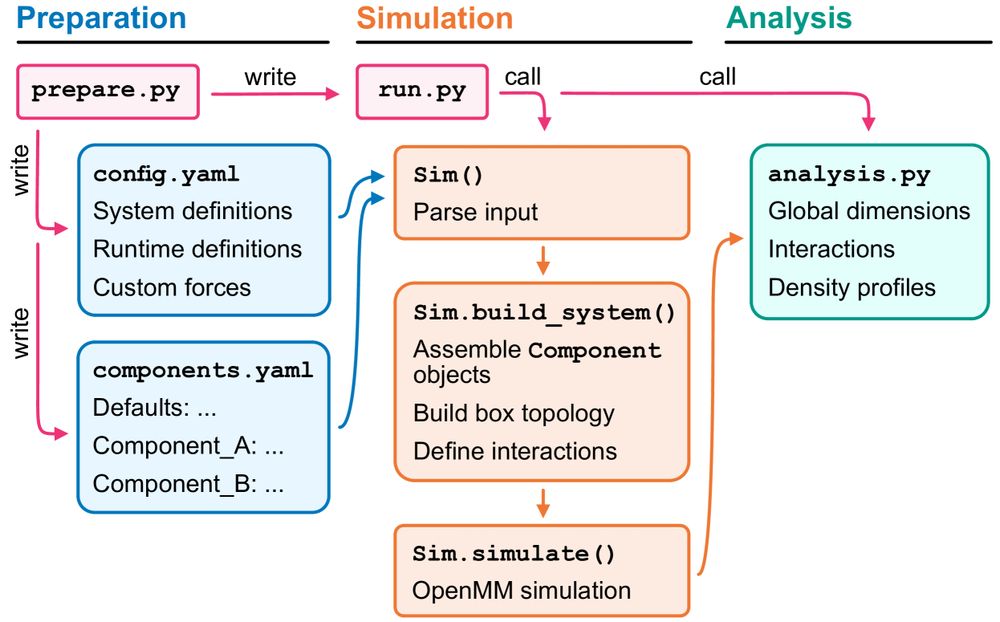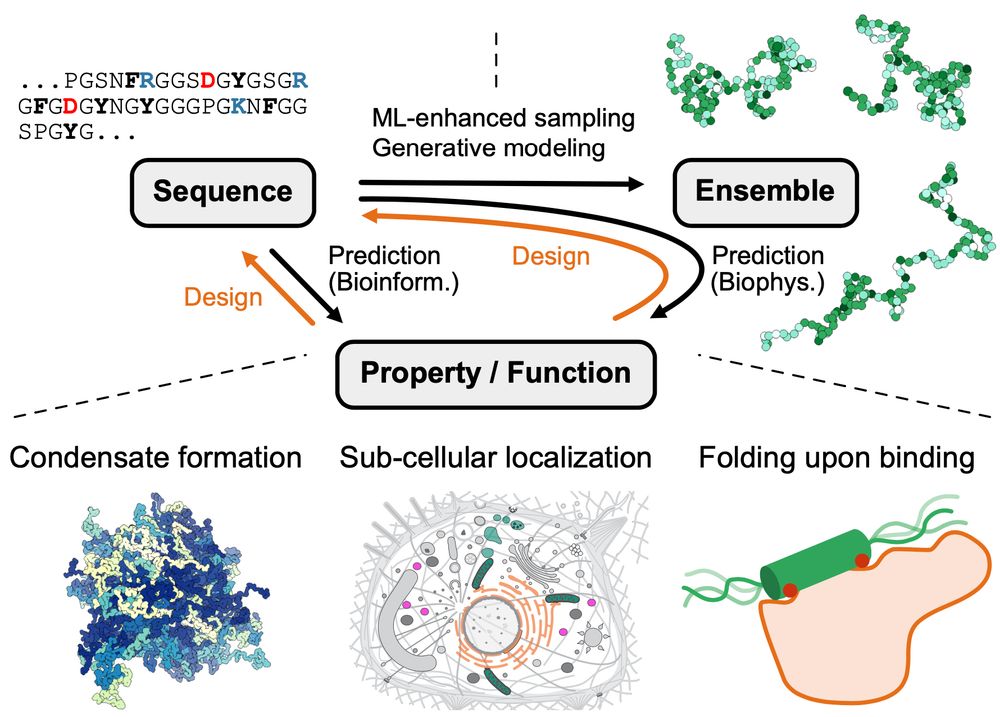Giulio Tesei
@giuliotesei.bsky.social
110 followers
160 following
3 posts
Assistant Prof. at Malmö University; modelling of intrinsically disordered regions, membrane-associated proteins, and biomolecular condensates. He/him
Posts
Media
Videos
Starter Packs
Reposted by Giulio Tesei
Reposted by Giulio Tesei
Reposted by Giulio Tesei
Reposted by Giulio Tesei
Reposted by Giulio Tesei
Reposted by Giulio Tesei
Giulio Tesei
@giuliotesei.bsky.social
· Apr 15
Reposted by Giulio Tesei
Reposted by Giulio Tesei
Reposted by Giulio Tesei
Reposted by Giulio Tesei
Reposted by Giulio Tesei










